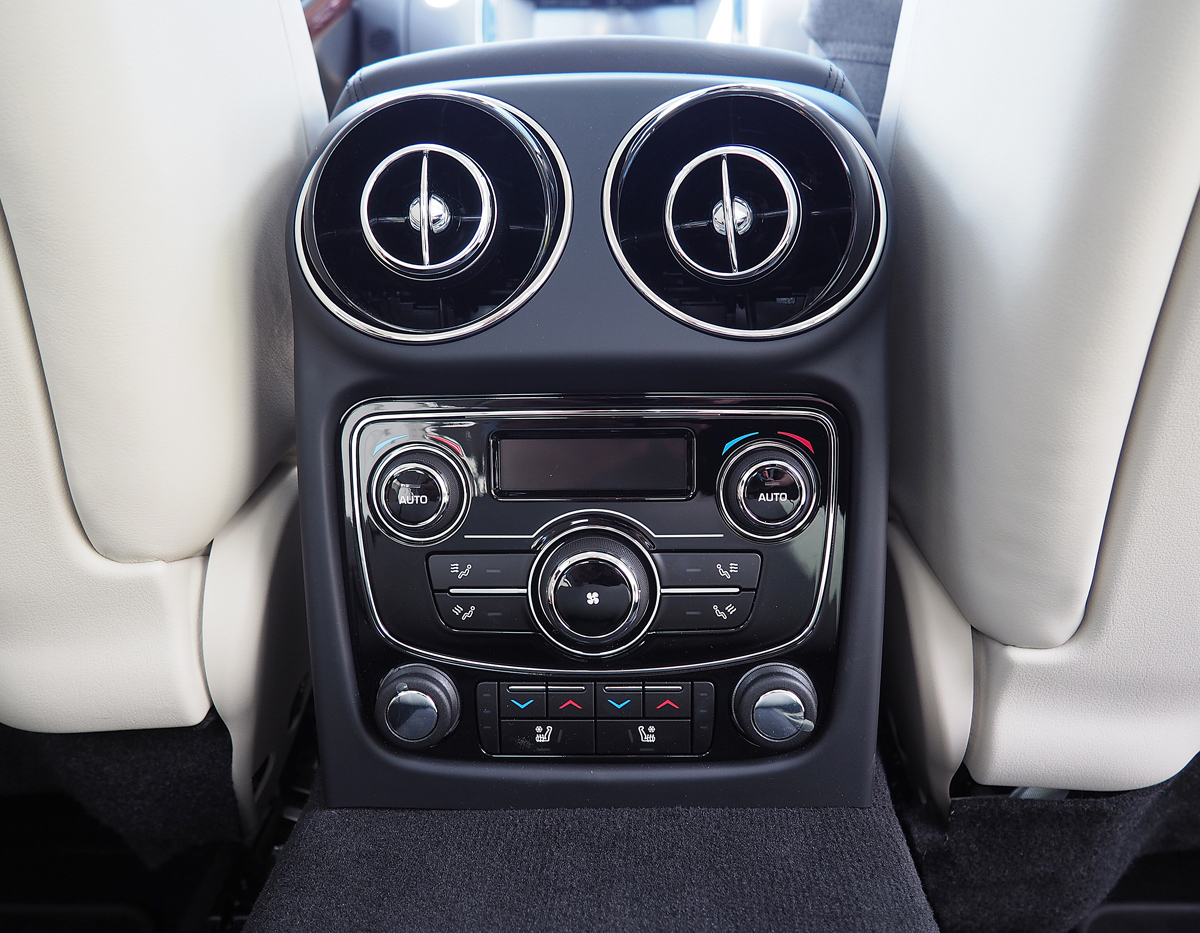Vehicle air conditioning 101


A streak of gorgeous weather continues all across the province, and hey, no one is complaining. But on those steamy days sitting in after work traffic wearing full office regalia, lucky souls driving vehicles equipped with air conditioning surely breathe a cool sigh of relief. Like a lot of modern automotive technology, AC has become an everyday sight. How exactly did that happen?

History
The year is 1939. One of the hottest American luxury vehicle brands is the Packard Motor Car Company based in Detroit, Michigan, founded at the turn of the 20th century. Air conditioning had already been invented for the home a few years prior, but Packard was the first to take that concept and apply it to the automobile. Early designs weren’t the most user-friendly, however, and operating the unit meant pulling over, turning off the car, popping the hood and playing with a compressor belt. Another three decades will pass before the technology is commonly found in new cars sold.
In another 30 years or so, it’s discovered that the refrigerant chemical R-12, also known as Freon, used in mobile cooling is partially responsible for harming the ozone layer. Auto manufacturers are mandated to switch from R12 to the more environmentally-friendly R-134a by 1996. Older vehicles requiring AC maintenance need to have their systems retrofitted to run the revised refrigerant.

Advances to air conditioning in cars include automatic climate control that maintains a preset temperature in the cabin, like the one above in the 2015 Mini Cooper S 5-door, as well as multiple-zone climate control where drivers and individual passengers both front and rear can choose separate temperatures to suit their own comfort. Some higher end models now even feature air conditioned seats to combat sticky leather syndrome.
How it works
The core of how air conditioning works is actually quite simple: a compressor, condenser and evaporator work in unison to cool air and remove humidity. First the refrigerant, in a gaseous state, is introduced and compressed. The pressurized hot gas then travels to the condenser where it moves around tubes that cools it down to a liquid form. The liquid then travels through what is called a receiver-dryer that collects unwanted moisture and impurities from the refrigerant before it continues on to the evaporator, usually located somewhere near the passenger side of the dashboard. When the cold liquid meets the hot air from the vehicle’s interior passing through the evaporator, the former sucks the heat out of the surrounding air leaving behind a cool gas, which is blown into the cabin via fans.

Like any other major system, AC requires regular maintenance to keep it working properly. Consult your owner’s manual for recommended intervals or contact your service department.

